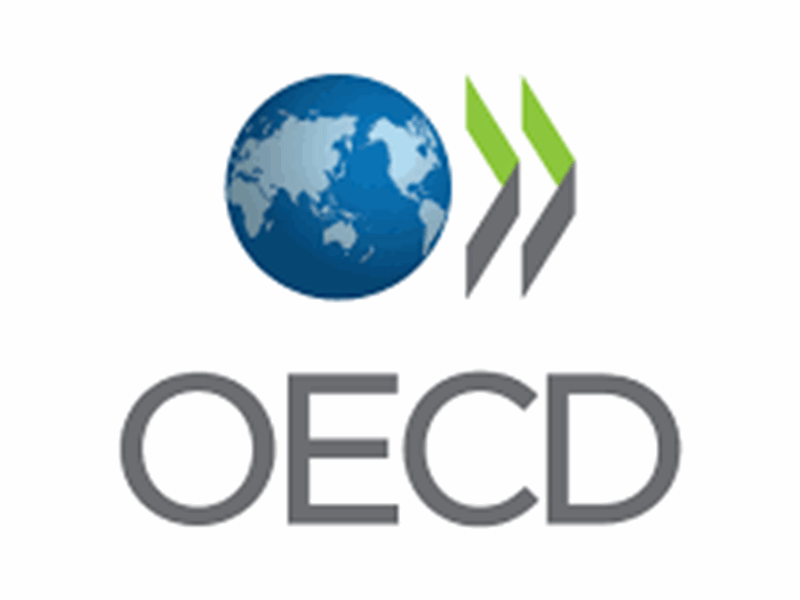Papers & Reports

‘Just BEAT It’ Do Firms Reclassify Costs to Avoid the Base Erosion and Anti-abuse Tax (BEAT) of the TCJA?
This paper empirically examines whether firms reclassify related-party payments to avoid the base erosion and anti-abuse tax (BEAT) of the Tax Cuts and Jobs Act (TCJA). The paper estimates a $6 billion aggregate reduction in US taxes for the sample firms in 2018. The paper also examines the consequences of reclassifying related-party payments and finds some evidence of an increase in tax reserves and a reduction in internal information quality for firms that engage in cost reclassification to avoid the BEAT.

Global Tax Evasion Report 2024
Over the last 10 years, governments have launched major initiatives to reduce international tax evasion. Yet despite the importance of these developments, little is known about the effects of these new policies. Is global tax evasion falling or rising? Are new issues emerging, and if so, what are they? This report addresses these questions thanks to an unprecedented international research collaboration building on the work of more than 100 researchers globally.

Profit Shifting Under the Arm’s Length Principle
This article analyzes the tax-induced profit shifting behavior of firms and the impact of governments' anti-shifting rules. It derives a model of a firm that combines internal sales and internal debt in a full profit shifting strategy and which is required to apply the arm's length principle and a general thin capitalization rule. It finds several cases where the firm may shift profits to low-tax countries while satisfying the usual arm's length conditions in all countries. Internal sales and internal debt may be regarded either as complementary or as substitute shifting channels, depending on how the implicit concealment costs vary after changes in all transactions. The paper shows that the cross-effect between the shifting channels facilitates profit shifting by means of accepted transfer prices and interest rates.

The Historical Origins and Current Prospects of the Multilateral Tax Convention
This paper surveys the pre-BEPS efforts to create a multilateral tax convention (MTC) from the 19th century onward, and explains why these efforts have failed, leading to an international tax regime dominated by unilateralism and bilateralism. It contrasts the success of multilateralism in investment and trade law, and also examines the BEPS era efforts to create an MTC. It suggests that, while there has been more convergence of the tax laws of countries, a fundamental divergence of interests persists that will likely doom any such efforts to failure. The article concludes that tax law still remains unsuitable to multilateralism, in contrast to investment and trade law, mainly due to the monetary impact.

A New Scenario in International Tax Law: Two Proposals to Rethink the OECD Model in Response to the Generalization of Distance Work by Employees
This article analyzes the necessity to adapt the OECD Model Tax Convention (OECD Model) for remote work. It argues for the need for a legally binding agreement on two fundamental aspects: One, tax liability criteria for remote workers’ earnings and conditions relevant to determining when an employee’s remote work creates a PE for the employer. Second, the paper examines the current regulation of these issues in the OECD Model, identifies problem areas and proposes reforms.

Minimum Tax Implementation Handbook (Pillar Two)
This Implementation Handbook on the minimum tax provides an overview of the key provisions of the rules and the considerations to be taken into account by tax policy and administration officials and other stakeholders in assessing their implementation options.

The Multilateral Convention to Implement Amount A of Pillar One
The Inclusive Framework’s Task Force on the Digital Economy (TFDE) has approved the publication of a text of the Multilateral Convention (MLC) to implement Amount A, together with its Explanatory Statement (ES) and the Understanding on the Application of Certainty for Amount A of Pillar One (UAC). This text reflects the consensus achieved so far among members on the technical architecture of Amount A, with different views on a handful of specific items noted in footnotes by a small number of jurisdictions who are constructively engaging to resolve differences.

Explanatory Statement to the Multilateral Convention to Implement Amount A of Pillar One
The text of this Explanatory Statement to accompany the MLC was prepared to provide clarification of the approach taken in the MLC and how each provision is intended to apply. It therefore reflects the agreed understanding of the negotiators with respect to the MLC. It is intended by the negotiators to form part of the context of the MLC, as that term is used in customary international law, for the purpose of the interpretation of its terms.

Multilateral Convention to Facilitate the Implementation of the Pillar Two Subject to Tax Rule
Countries involved in the global tax deal negotiations have agreed on a multilateral convention to implement a rule aimed at helping developing countries collect more tax under treaties that set low withholding rates.
The rule, known as the subject-to-tax rule, will allow companies to tax certain intra-group payments where they are taxed below a 9% corporate income tax rate.

Simplified Application of the Arm’s Length Principle for Baseline Distribution Functions offers win/win for MNEs and Tax Authorities - A Risk Management Perspective on the OECD Amount B Proposal
The complexity of transfer pricing regulations is a severe challenge for tax authorities and MNEs. In the context of the OECD BEPS project policymakers and stakeholders had to navigate complex technical tradeoffs. For the Amount A reforms such complexities are largely attributable to the necessity of balancing opposing interest in a zero-sum game. Designing Amount B, however, does not constitute a zero-sum game. The mandate for Amount B, that is the application of the arm’s length principle for baseline distribution functions can only be attained when eliminating complexities. This paper discusses a risk management perspective to evaluate tradeoffs implied in determining the scope and thresholds for applying Amount B. The paper also illustrates that such an assessment framework to assess tradeoffs will address the needs of low-capacity jurisdictions and facilitate a positive outcome for taxpayers.


































